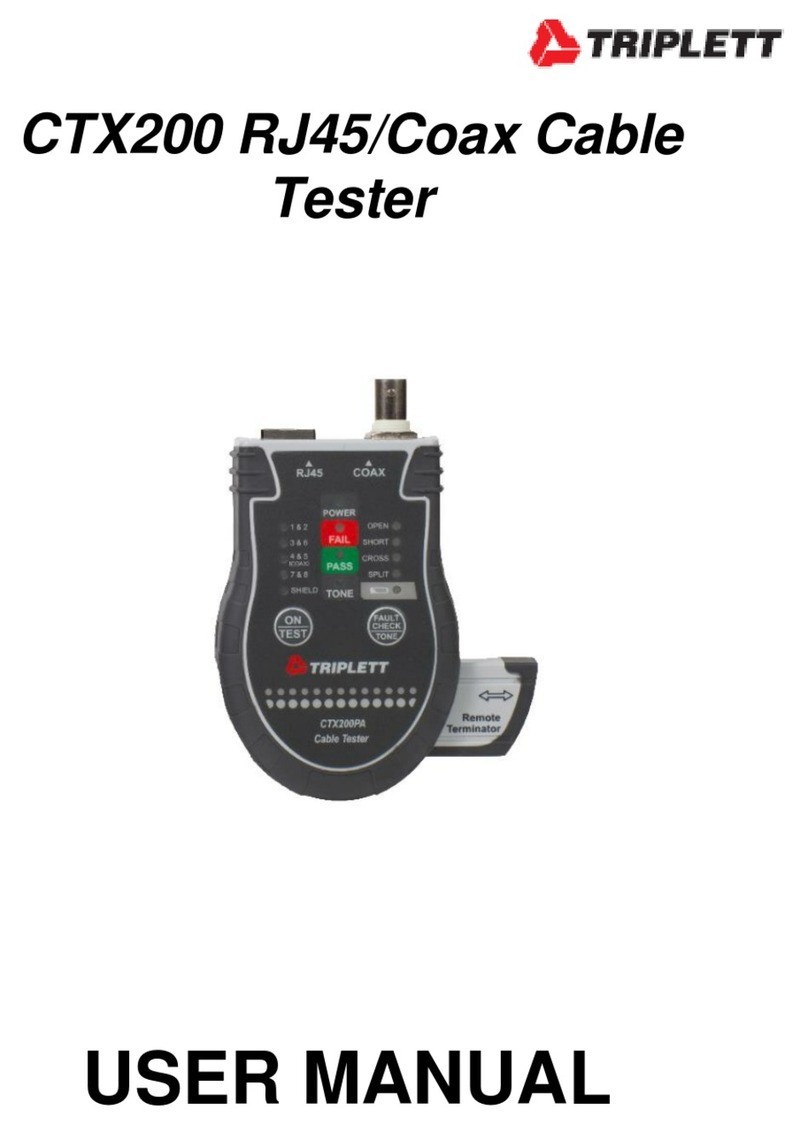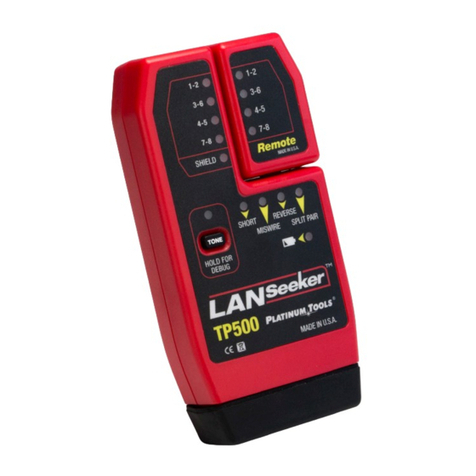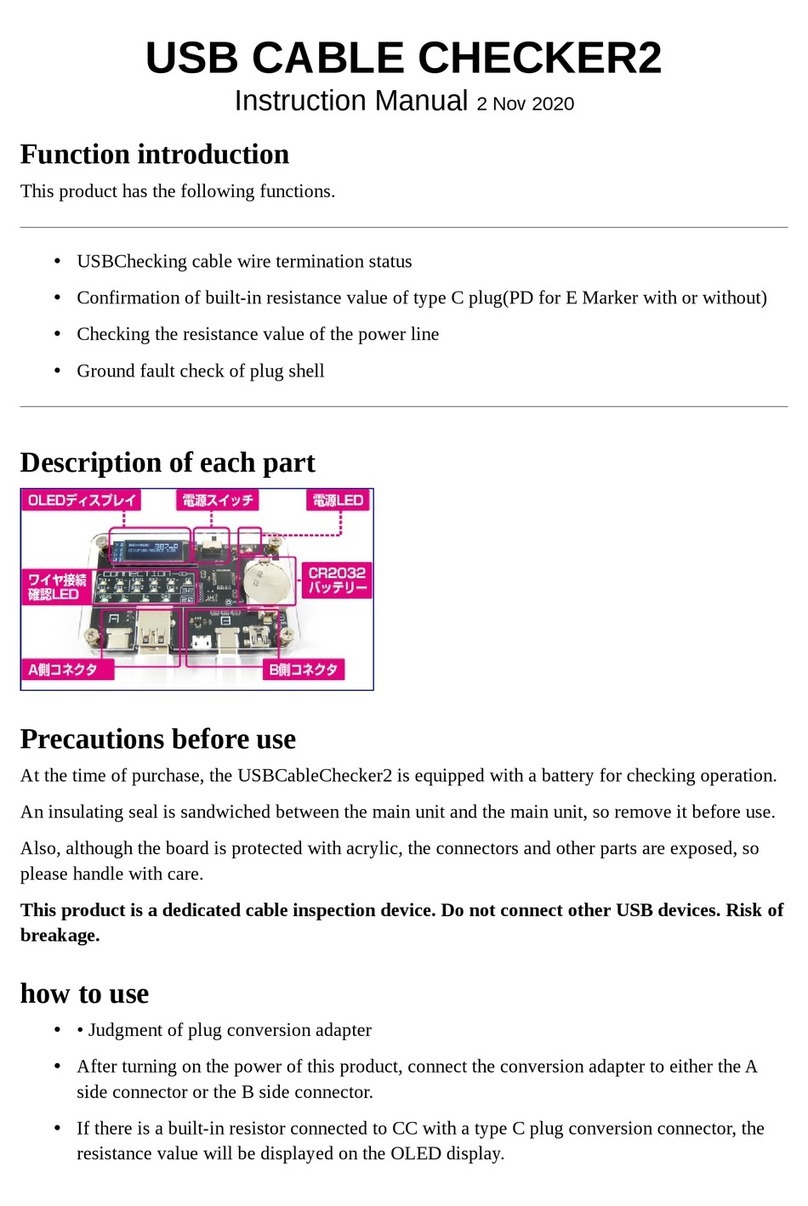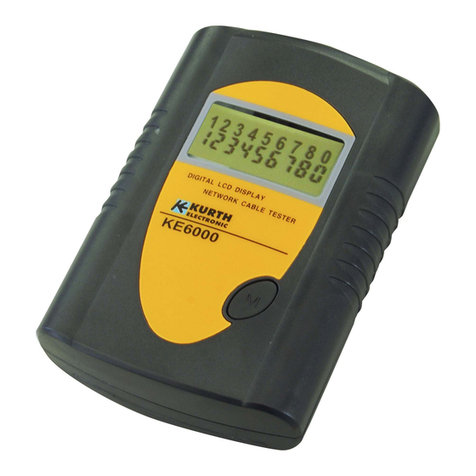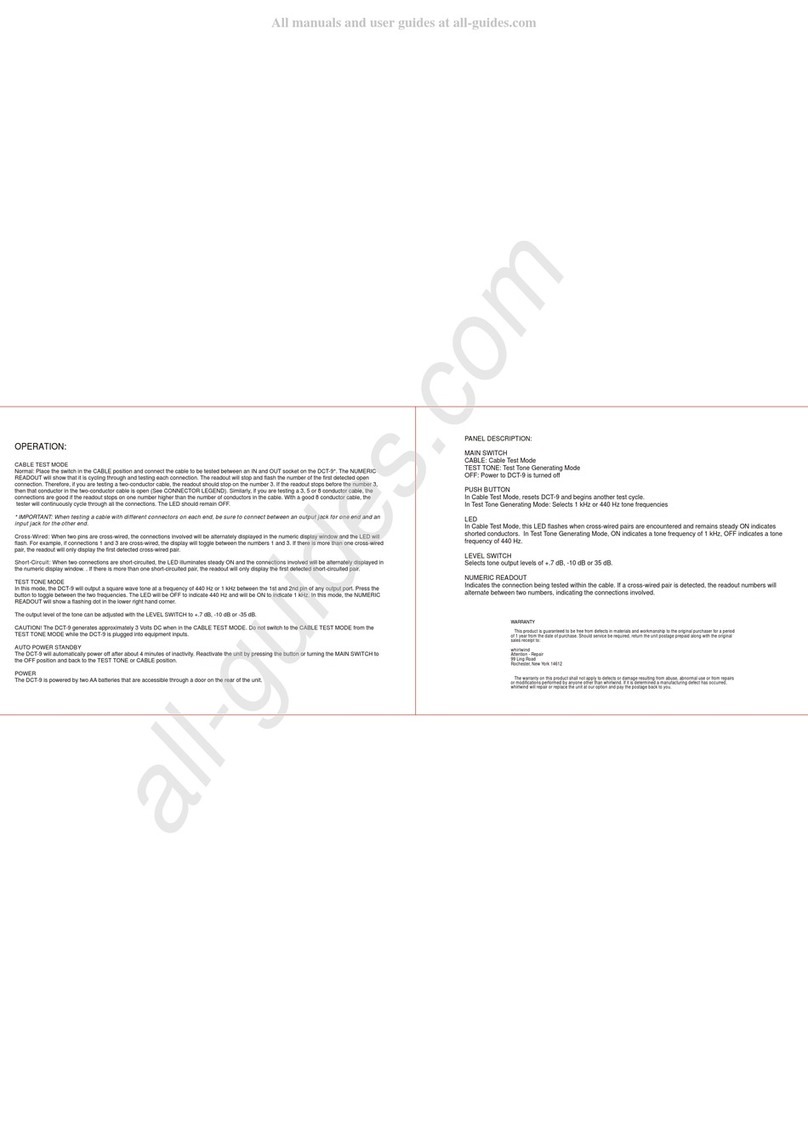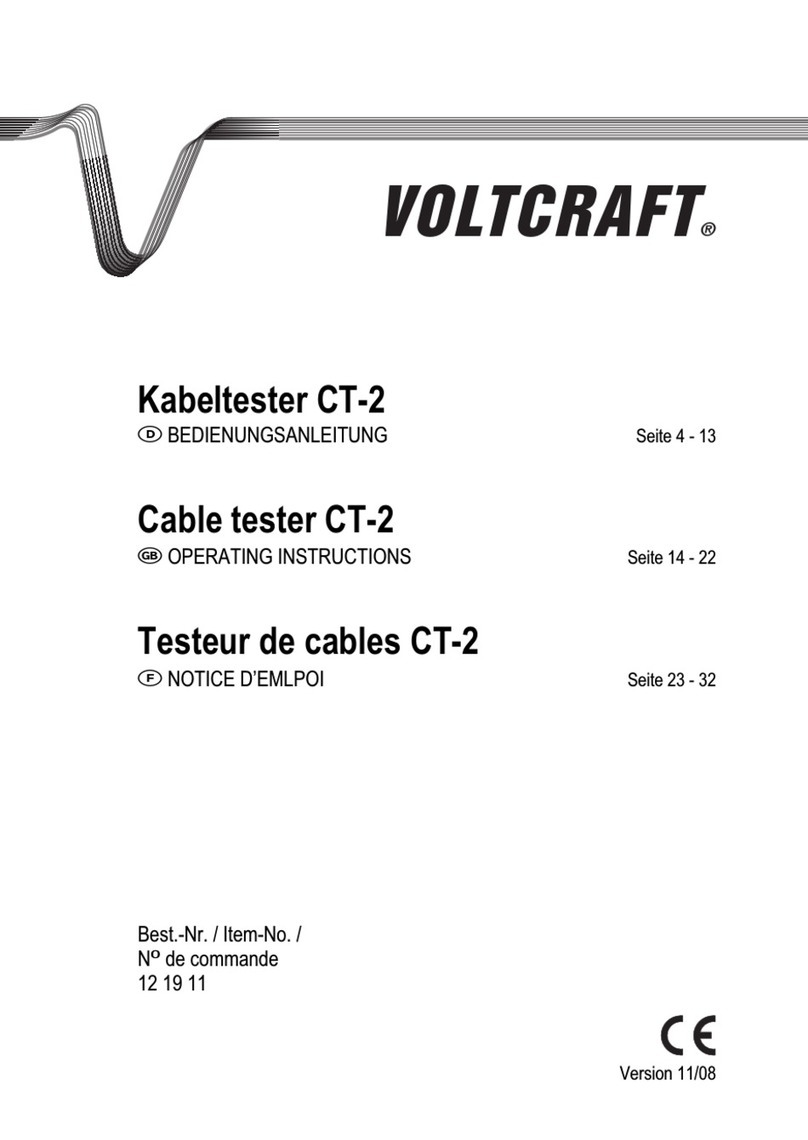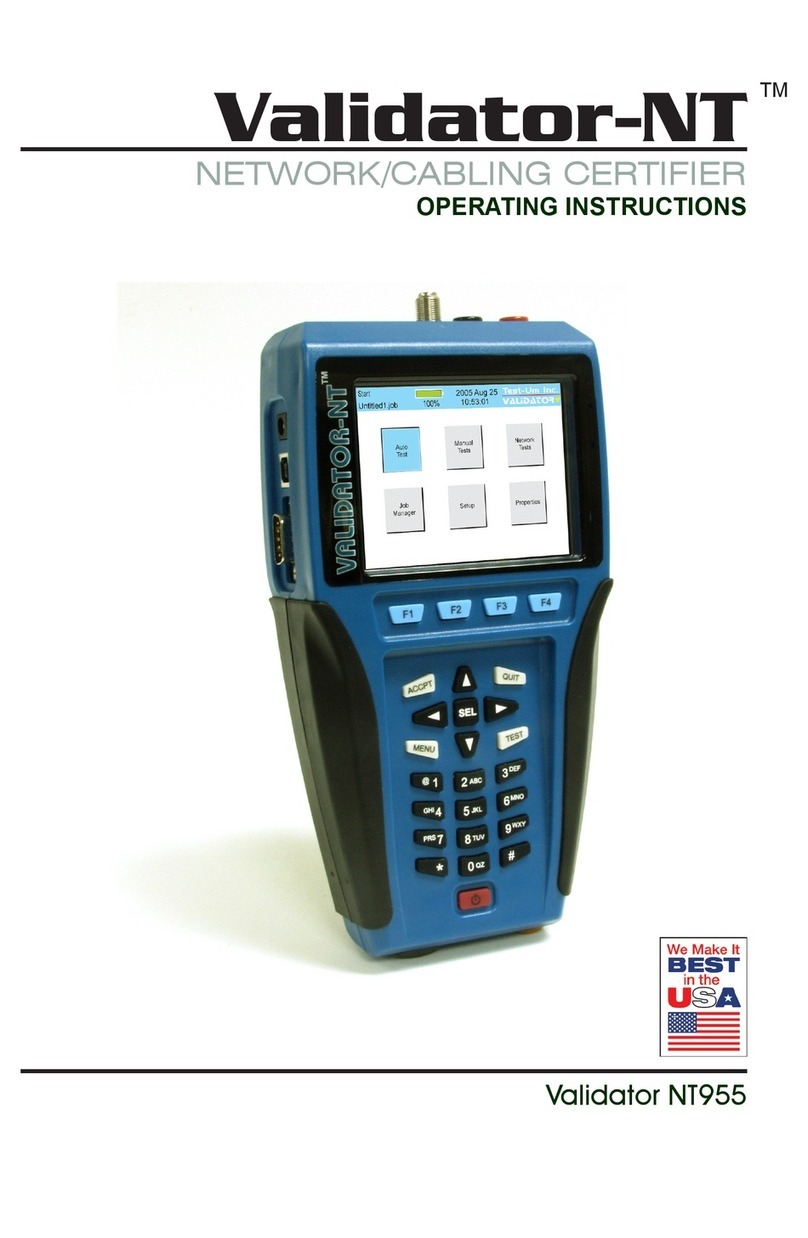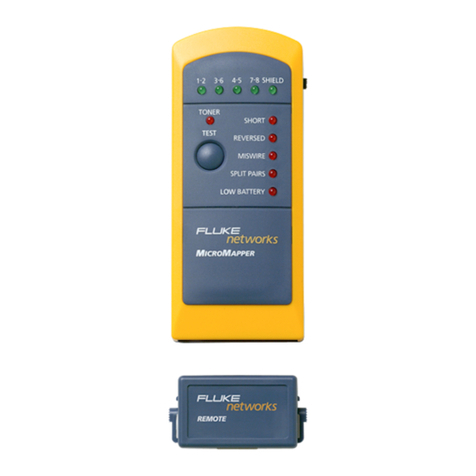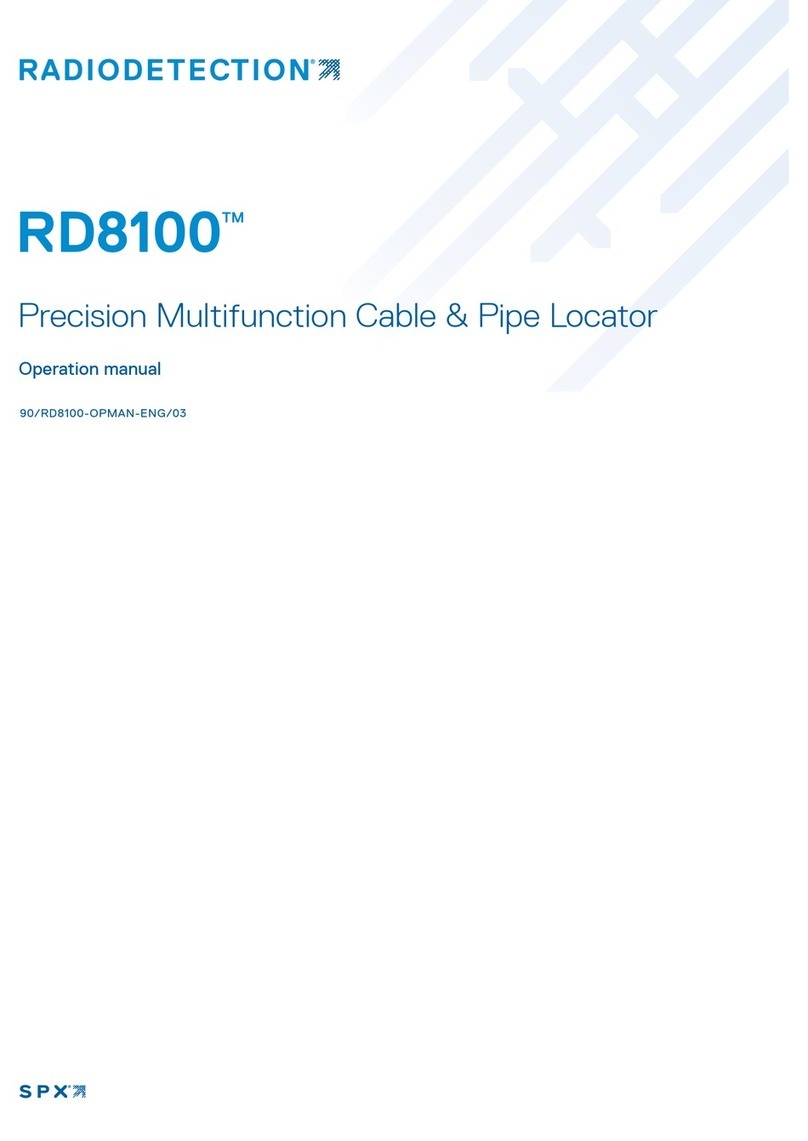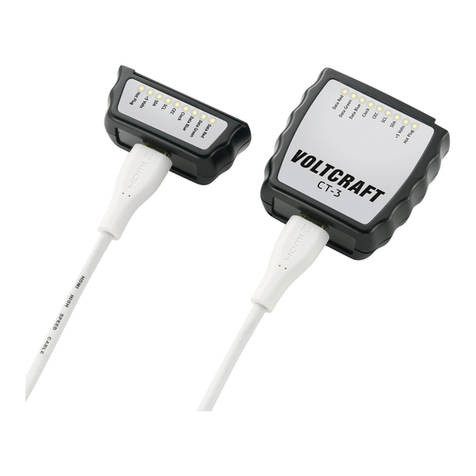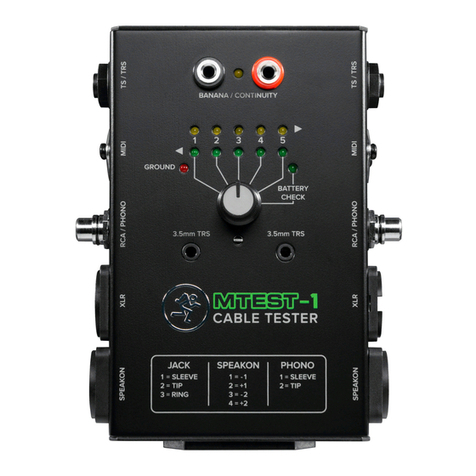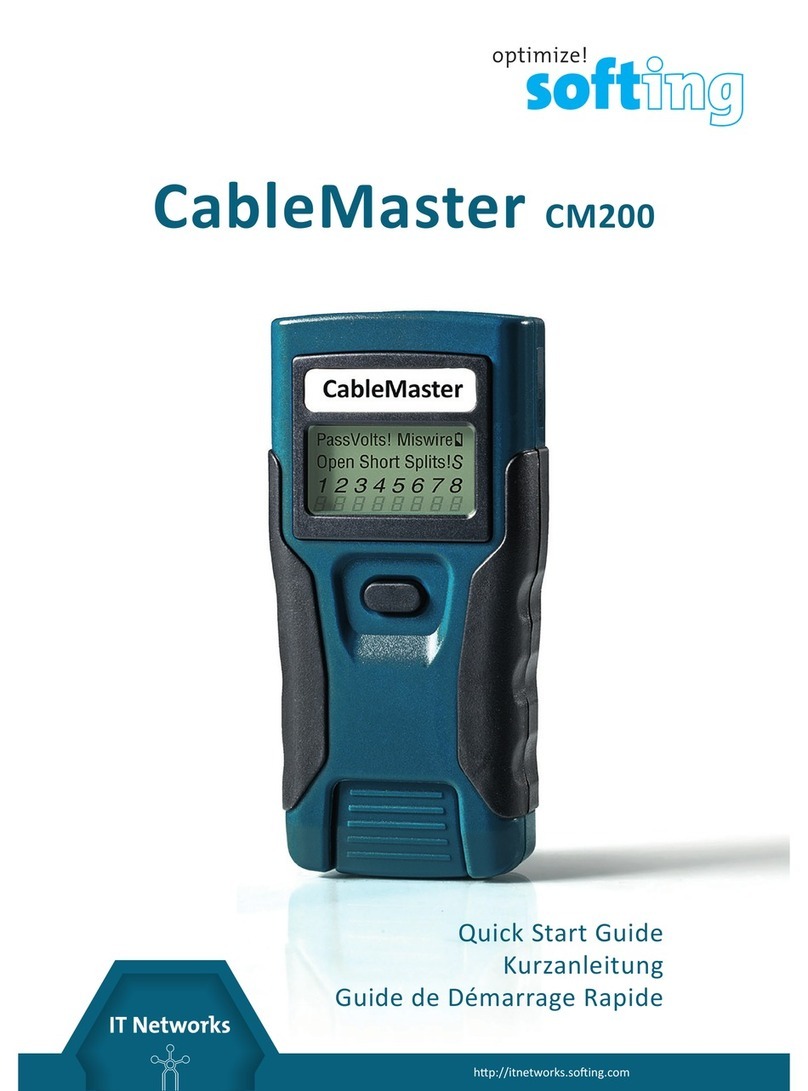
Rev. 11/10/00
iii
Table of Contents
A BRIEF HISTORY OF TEMPO RESEARCH CORPORATION ........................................................V
THE EVOLUTION OF THE SIDEKICK ............................................................................................................ V
ORIGIN OF THE NAME ................................................................................................................................V
MASTERING THE FUNDAMENTALS.................................................................................................... 1
BASIC ELECTRONICS........................................................................................................................... 1
Copper Wire......................................................................................................................................... 1
Voltage ................................................................................................................................................. 1
Current................................................................................................................................................. 2
Resistance............................................................................................................................................. 2
Ohms Law ............................................................................................................................................ 2
Capacitance ......................................................................................................................................... 2
Capacitive Reactance........................................................................................................................... 3
Inductance............................................................................................................................................ 3
Inductive Reactance ............................................................................................................................. 3
Power Formulas................................................................................................................................... 4
CONNECTING TO OUTSIDE PLANT................................................................................................... 4
FAULT TYPES ........................................................................................................................................ 4
Opens ................................................................................................................................................... 5
Shorts ................................................................................................................................................... 5
Grounds................................................................................................................................................ 5
Resistance Faults ................................................................................................................................. 5
Noise .................................................................................................................................................... 5
Line Imbalance..................................................................................................................................... 5
Crosses................................................................................................................................................. 6
Splits..................................................................................................................................................... 6
Power Influence ................................................................................................................................... 6
Induction .............................................................................................................................................. 6
Circuit Loss .......................................................................................................................................... 6
Loop Current........................................................................................................................................ 6
SIDEKICK 7B .............................................................................................................................................. 7
General Description............................................................................................................................. 7
Features ............................................................................................................................................... 7
Benefits................................................................................................................................................. 8
Front Panel Controls ................................................................................................................................................... 8
AC Volts Test ............................................................................................................................................................. 9
DC Volts Test ............................................................................................................................................................. 9
QUIZ 1......................................................................................................................................................... 10
Stress Test .......................................................................................................................................... 12
Fault Types Identified ........................................................................................................................ 12
Proper Ground................................................................................................................................... 12
Procedure........................................................................................................................................... 13
Identifying a Pair or Cross Conductor............................................................................................... 13
Bridged Stressed Noise Readings....................................................................................................... 15
Trouble Isolation................................................................................................................................ 15
Stress Test Effectiveness..................................................................................................................... 16
Questionable Cables .......................................................................................................................... 16
Equipment Balance ............................................................................................................................ 16
Testing DSSC, DAML, OR UDC Pair Gain Line............................................................................... 17
Troubleshooting Tips ......................................................................................................................... 17
